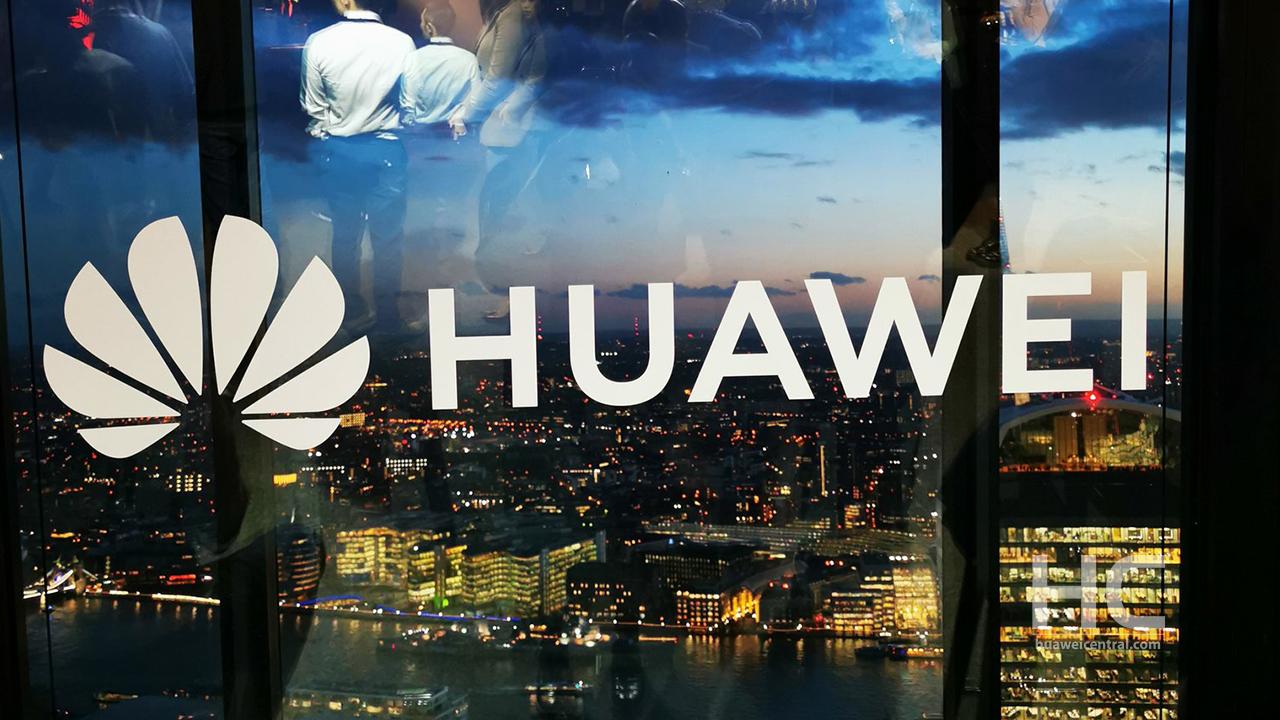News
Trump extends Huawei restrictions until 2021, license expected to extend this week

U.S. President Donald Trump on Wednesday extended the executive order signed in May 2019, declaring a national emergency and barring U.S. companies from doing business with telecom equipment made by firms posing a national security threat risk. A move took to outcast the telecom giant Huawei from the US markets (Reuters).
According to the source, the U.S. Commerce Department could also extend Huawei’s temporary license that is set to expire on Friday. The extension will allow Huawei to continue its business with U.S. firms.
Huawei has already received a series of extensions in its temporary license and last extended on April 1.
In May 2019, the US commerce department added Huawei into the U.S. Entity List, to bar its supplies and business with the American companies or the companies that use US-driven technologies.
Following this announcement, Huawei is forced to cut its ties with an important US company – Google, which resulted in a lack of Google Mobile Services into Huawei smartphones and other Android-powered devices.
However, Huawei didn’t stop releasing new smartphones, as it adopted the Android Open Source Project (AOSP) version of Android and strengthening Huawei Mobile Services (HMS) to stand as an alternative to Google Mobile Services (GMS).
Aside from the software, Huawei also cannot import chip supplies for its network and server devices. On the other hand, Huawei started manufacturing most of them on its own or from alternative sources.
Currently, US commerce has not commented on this matter but the extension in the Entity List means that the US government likely to pose even bigger challenges for Huawei until May 2021.
Also, Check:







